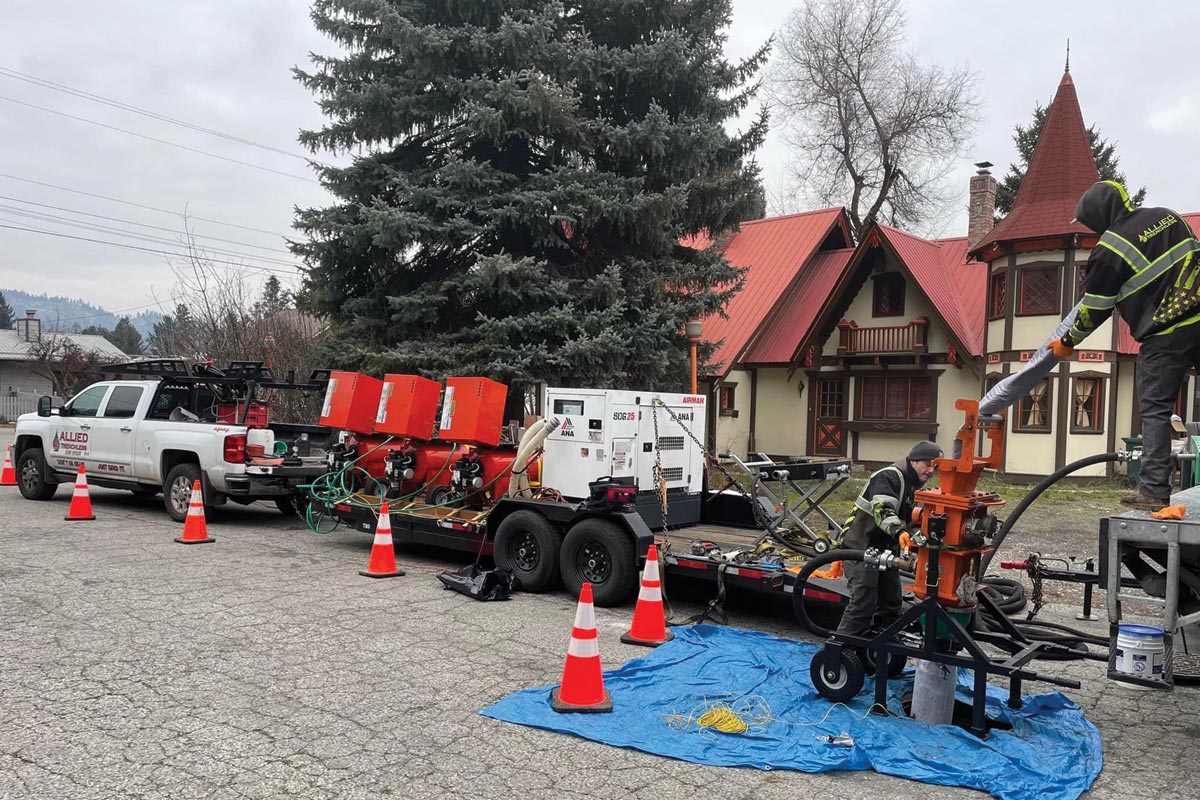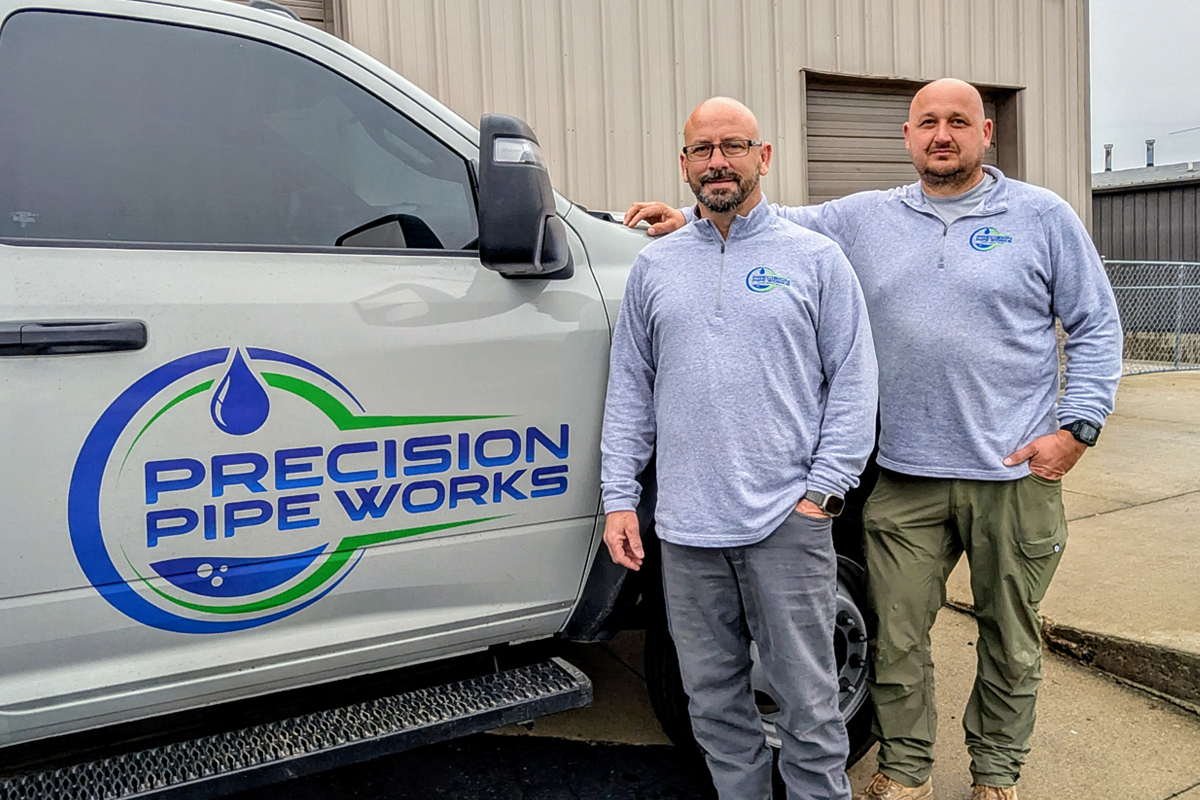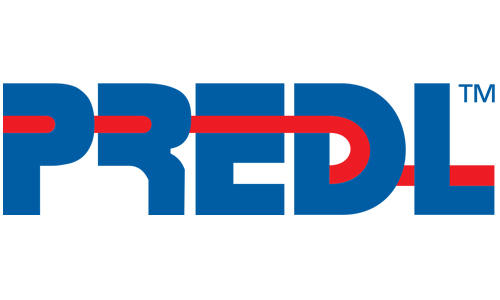
Smoke Testing to Get Answers on Why Your Sewer System Is Losing Capacity
What’s the Problem that Drives Smoke Testing?
Sewer collection systems consist of a network of pipes that connect residential and commercial buildings to a local wastewater treatment plant. In a perfect world, this pipe network would be watertight – meaning no extra rainwater would be able to enter the system.
However, this is rarely, if ever, the case.
The real question is how much extraneous water — rain derived inflow and infiltration (RDII) — from rain events will enter the collection system. This additional volume creates substantial demands on the downstream wastewater treatment system (WWTP). Additionally, sewer pump stations out in the collection system have to be sized accordingly. Bigger pumps cost more to operate than smaller pumps.
Since the wastewater treatment system is required by regulatory agencies to be able to treat all wastewater, the size of the plant must increase if sewer flows are increasing because of RDII. Efforts to locate and eliminate this extra rainwater entering the system can eliminate and/or delay wastewater treatment upgrades and is a very cost-effective approach for utilities.

How Smoke Testing Works
Smoke testing is one of the simplest and most cost-effective ways to locate where rainwater, RDII, is entering the system and is an underutilized method used to detect leaks and defects in sewer collection systems.
This process involves blowing non-toxic smoke into the sewer lines and observing where the smoke emerges. The presence of smoke in areas other than designated outlets indicates potential breaches, such as cracks, leaks, or illegal connections.
The primary goal of smoke testing is to locate and identify potential locations of inflow and infiltration sources.
Communication Is Key to a Successful Project
Having an effective community communication plan is essential to conducting a successful smoke testing project. Advance scouting and documentation of points-of-contact for sensitive areas can be the difference in a smooth project, versus upset residents and alerting media.
Areas containing schools, medical facilities, retirement homes and other highly sensitive facilities should be identified and planned for in your communications plan. Simple and practical steps such as avoiding major medical centers or coordinating with the school maintenance staff to conduct the smoke testing after school hours can make all the difference.
Project Data Collection
After a smoke test project is completed, the data should be presented in a way to quickly understand key results such as:
• Are there any major defects?
• How many defects?
• The location of the defects
Providing maps and corresponding data reports is a key requirement for a successful job. If the project specifications are not defined, it is possible to end up with a hard drive with thousands of randomly named photos, in no particular order. A web-based dynamic platform or electronic map-driven deliverable can help to quickly understand the results and implement follow up action steps.

Why Blow Smoke?
Smoke testing is a powerful and cost-effective tool for utilities aiming to enhance infrastructure efficiency and reduce costs.
By identifying sources of inflow and infiltration, utilities can reduce stress on downstream treatment capacity, delay system upgrades, and save energy costs as energy consumption is directly proportional to wastewater volume. The cost-effectiveness, ease of data integration (when properly collected), and potential for in-house repairs make smoke testing an invaluable practice for utilities managing inflow and infiltration.
Mike Ping, P.E. is technical manager with Duke’s.




